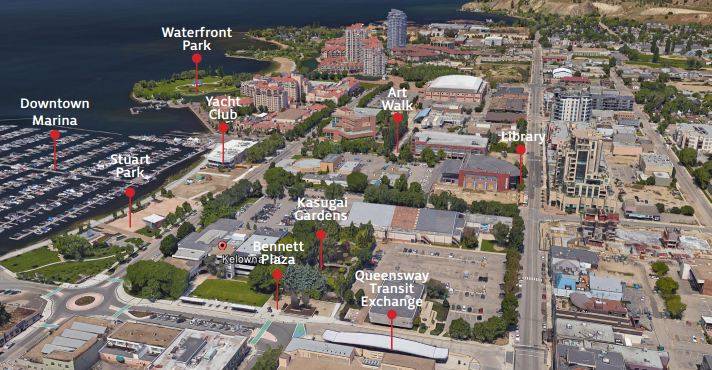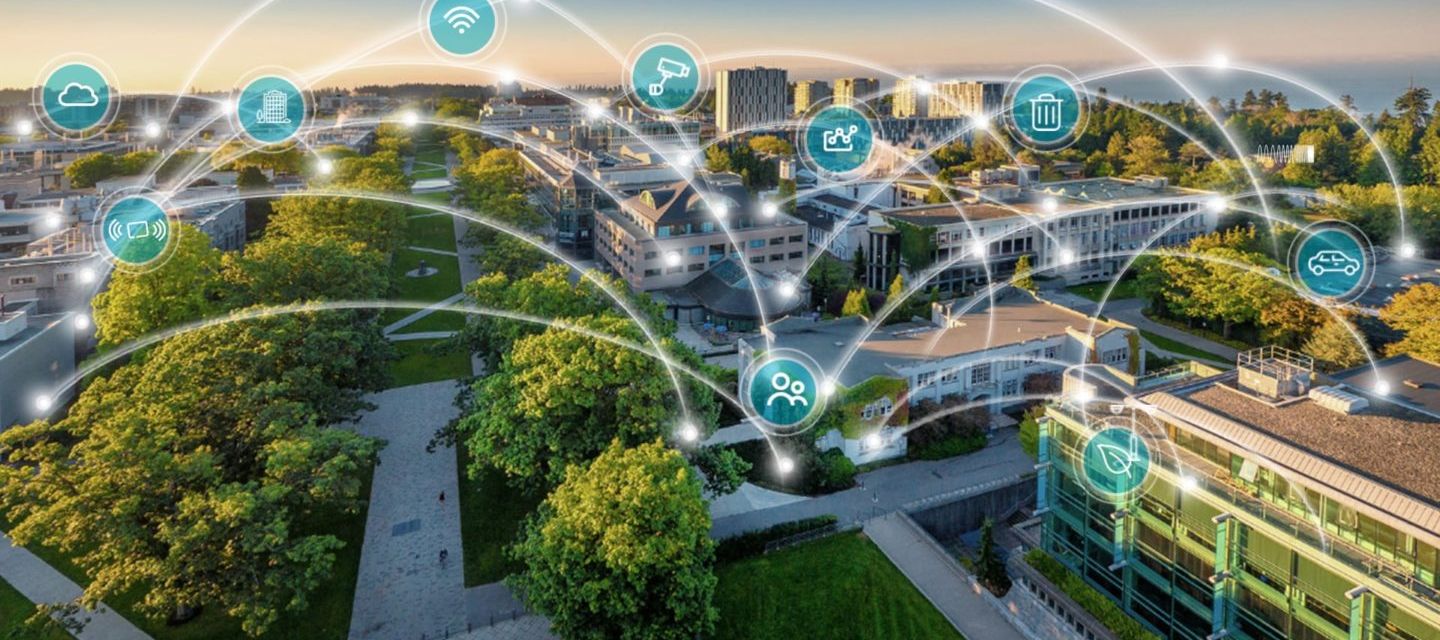Physical distancing due to COVID-19 poses many new challenges for us as a society. But these challenges also present fresh opportunities for collaboration and creativity. One recent example is a virtual event involving students at the University of British Columbia, who got together (via Microsoft Teams) to explore the unprecedented power of 5G technology to improve urban life.
The 34 students had signed up for the UBC/Rogers Smart Cities Ideation Challenge, which invited participants to imagine how 5G and other technologies could be used to address real-world municipal problems identified by the City of Kelowna. The three-day event was part of a research initiative called the Clean, Connected and Safe Transportation Testbed—one of several projects made possible by a multi-year partnership between Rogers and UBC to create a 5G hub on the UBC campus.
In addition to supporting the partnership’s goal of advancing 5G innovation in Canada, the challenge represented a unique collaboration among academia, the public sector and companies both big and small, drawing on the combined expertise of Rogers, UBC, Microsoft, the City of Kelowna and the Canadian startup Blue City Technology.

"Cities strive to reduce traffic jams, provide adequate parking and otherwise make their streets more safe and secure,” says Robert Rohling, the director of UBC’s Institute for Computing, Information and Cognitive Systems (ICICS) and one of the event’s organizers. “5G and multi-rate edge computing—if combined with the right data and software—could play a major role in helping them achieve those goals.”
Every day, countless people travel around cities. Where do they go, and how do they get there? Where do most collisions and near-misses take place? How can we use modern technology to make cities run more smoothly? Could such technology enable traffic lights to predict the movements of pedestrians and vehicles, for example, or identify areas in need of better access to transit?
Once elusive, the answers to these and other questions are now well within our grasp. Remote sensing methods like Light Detection and Ranging (LiDAR) offer detailed real-time data about traffic density and flow; Blue City Technology provided this data for the challenge. And 5G and multi-rate edge computing (MEC) can increase the speed and volume of wireless communication exponentially, allowing vast amounts of traffic data to be captured, processed and applied more efficiently than ever before.
“I think it’s amazing we were able to go ahead with the Smart Cities Challenge and take this event online,” said Conrad Tomaszkiewicz, a fourth-year civil engineering student and a member of Smart Solutions Inc., the winning team. “My team had never met in person before, and yet we were able to collaborate in this really tight window of time to build out a winning solution.”
Smart Solutions created an app that shows how much demand exists for different curb spaces over time—information that could help cities manage those curbs more effectively. Judged on their proposed solution’s level of innovation, creativity and feasibility, among other things, Tomaszkiewicz and his colleagues won an opportunity to develop a working prototype of their product for the next BC Tech Summit, as well as a chance to secure a four-month paid internship at Rogers.
Second place went to 5(4)Gs, whose app leveraged 5G, LiDAR and blockchain technology to provide accident warnings, prompt emergency responder support and other means of preventing traffic-related deaths and injuries. The third-place team—the Work From Home Squad—built an emergency response platform to identify accidents in real time and send help before anyone even dials 911.
The participants in the Smart Cities Ideation Challenge hailed from multiple backgrounds, including engineering, planning, business and computer science.
“As an urban planning student, I think a lot about how cities function and what can be done to improve them,” said 5(4)Gs team member Kevin Luzong, who is pursuing his master’s at UBC’s School of Community and Regional Planning. “This event was an opportunity for me to consider how new technological innovations can be leveraged for the benefit of cities. I think there’s immense value in bringing together people from different disciplines and that some of the best ideas come from cross-collaboration.”
The 5G partnership between UBC and Rogers, which began in 2018 and is managed by ICICS, has transformed the Vancouver campus into a living lab where 5G technology can be tested and advanced in a real-world setting—“a great example,” as UBC President Santa Ono said when the partnership was announced, “of how universities and industry can work together to develop new knowledge and provide our students with the skills that are vital in building the digital economy.”
Among the nine diverse projects currently being pursued at UBC are a 5G-based earthquake early warning system and a 5G-enabled digital mine. Additional projects will be getting underway this fall.
“5G will change the way we live and work and our partnership with UBC is critical in building a strong Canadian ecosystem for this next generation technology,” said Neel Dayal, Director of Innovation and Partnerships at Rogers Communications. “The challenge helped unleash the students’ creativity and it’s exciting to see the possibilities of 5G being imagined by UBC’s best and brightest.”
